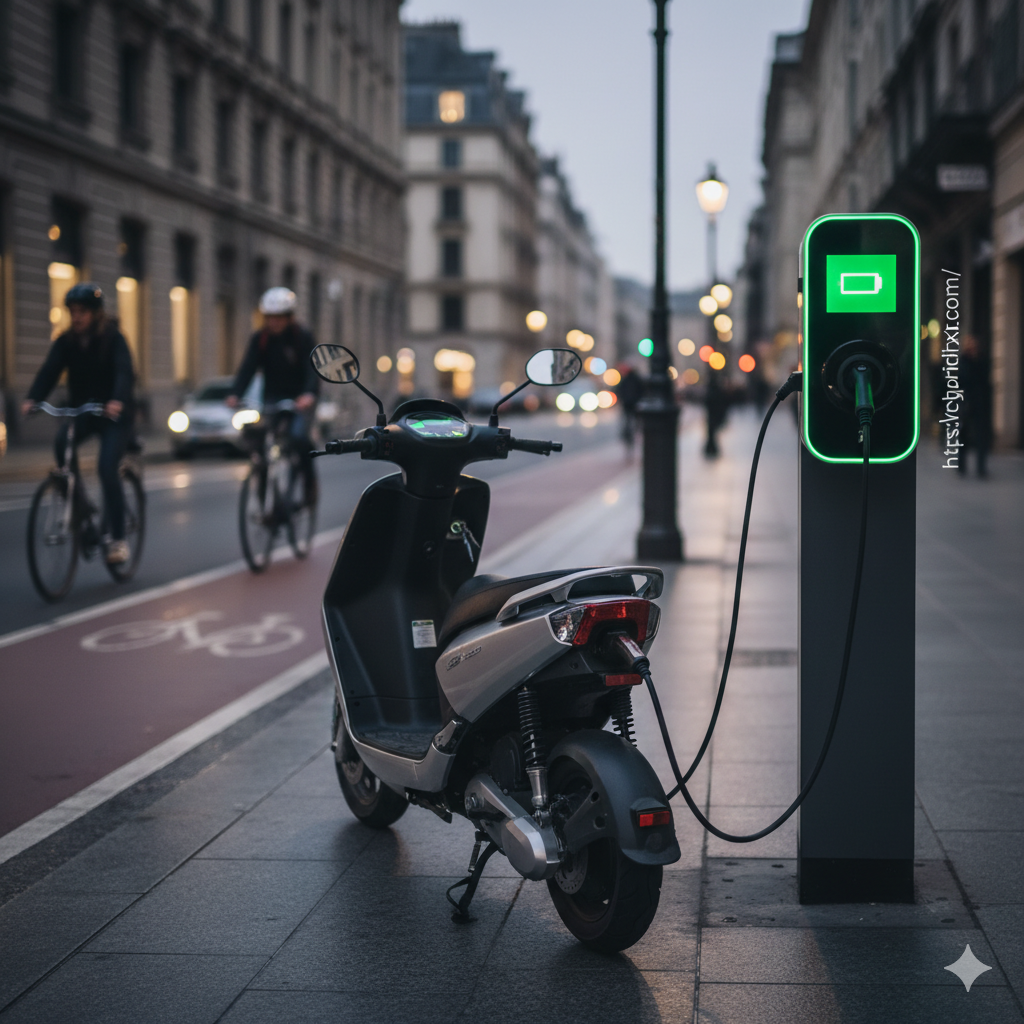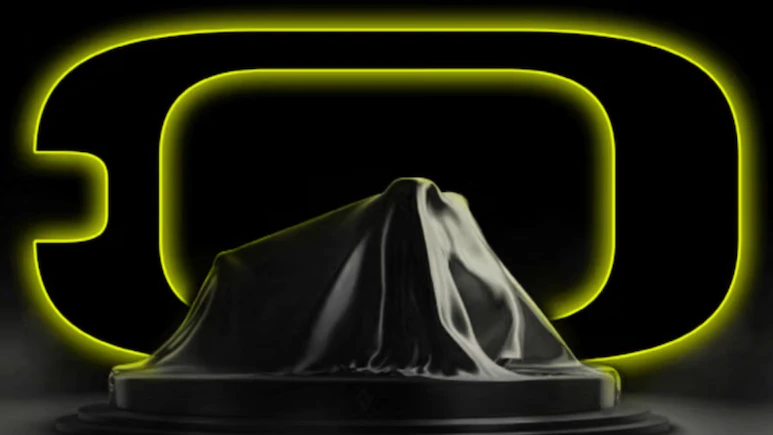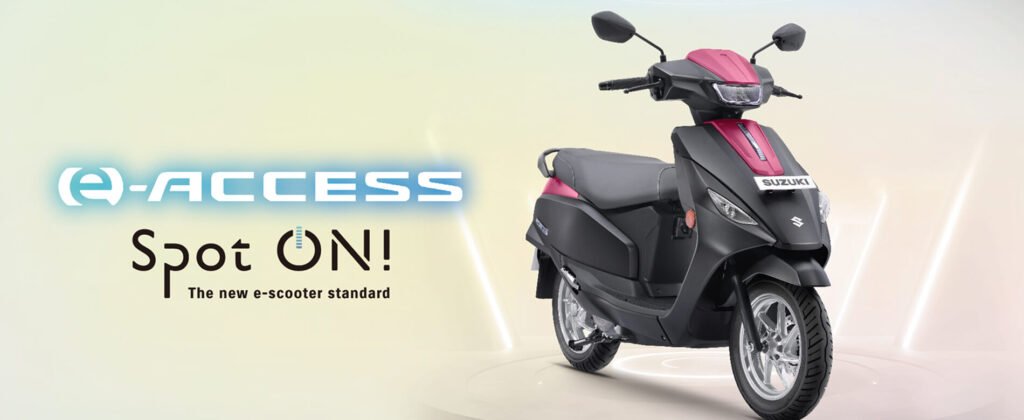The glitz of electric scooter launches in India—think sleek designs, bold range claims, and celebrity endorsements—has long dominated headlines. But as China’s iron grip on heavy rare earth (HRE) magnets tightens, the real battle for market supremacy is unfolding in the engine room: the electric motor. These magnets, essential for high-torque, compact EV drivetrains, are now a geopolitical flashpoint, with Beijing’s export curbs since April 2025 disrupting supply chains and threatening production halts.
Bengaluru-based startup Simple Energy has fired the first shot, announcing on September 16, 2025, the commercial rollout of India’s inaugural HRE-free motors— a self-reliant innovation that’s reshaping the ₹50,000 crore electric two-wheeler (e2W) arena. With e2W sales surging 12% year-on-year to 813,893 units in the first eight months of FY26, the stakes couldn’t be higher. Leaders like TVS Motor are in “day-to-day management” mode, scrambling with short-term fixes while eyeing ferrite and HRE-free tech. This pivot isn’t just about survival; it’s a blueprint for sustainable dominance in a market projected to hit 10 million annual units by 2030.
The Rare Earth Reckoning: China’s Curbs Hit Hard
China dominates over 90% of global rare earth processing, wielding these 17 elements like a strategic scepter.HRE magnets—neodymium-iron-boron alloys prized for their torque density—power the permanent magnet synchronous motors (PMSMs) in most EVs, from scooters to cars. But in April 2025, Beijing slapped export licenses on seven HREs (samarium, gadolinium, terbium, dysprosium, lutetium, scandium, yttrium) and magnets, demanding end-use declarations to curb military diversions—a move tied to U.S. tariffs.
For India, importing 460 tons in FY24 (rising to 700 tons worth $30 million in FY25), the fallout is acute. Shipments stalled at ports, approvals languish in dual Chinese bureaucracy, and stocks dwindle—sparking fears of shutdowns by June-July. Bajaj Auto warned of halved output, Ather an 8-10% trim, and even TVS—top dog with 70,000 units in Q1 FY26—faced volume hits. Ola Electric dodged the bullet with stockpiles for 130,000 units, but the sector’s 80% reliance on these four players amplified the ripple. Crisil Ratings flagged delays in EV launches and 8% cost hikes if curbs persist, underscoring risks to India’s 30% e2W penetration goal by 2030. The government, via the Ministry of Mines and KABIL JV, is scouting Vietnam, Indonesia, Japan, and the U.S., but timelines stretch 45-60 days—too slow for assembly lines.
Simple Energy: Pioneering Self-Reliance at Hosur
Enter Simple Energy, the 2019-founded upstart that’s turning crisis into catalyst. At its 200,000 sq ft Hosur plant in Tamil Nadu, the firm kicked off HRE-free motor production—95% localized, patented in-house, and performance-par with neodymium setups. Unlike rivals outsourcing, Simple’s vertical integration slashed R&D timelines, swapping HREs for alternative compounds and proprietary algorithms that optimize heat, flux, and torque.
“The future of electric mobility must be built on self-reliance,” declared CEO Suhas Rajkumar, echoing Atmanirbhar Bharat. No price hikes for its Simple One (248km range) or OneS (181km) scooters— a boon in a price-sensitive market. IPO-bound in 14-16 months, Simple’s eyeing Gen 2 upgrades and 100 stores by December, leveraging this edge to climb from sub-top-10 volumes. X buzz echoes the hype: “Simple Energy becomes India’s 1st OEM to manufacture HRE-free EV motors, reducing dependence on China!” t’s a geopolitical flex, too—shielding against Beijing’s leverage while aligning with FAME-III incentives.
TVS Motor: Day-to-Day Dodges and Long-Term Bets
As segment leader (17.4% share in August), TVS can’t afford complacency. “Day-to-day management,” admits an executive, with volumes already dented Short-term: Resizing local magnets, stockpiling, and ARAI-tested light rare earth (LRE) imports. Medium: Ferrite magnets—iron-based, cheap, and abundant—for new launches like a third e-scooter in FY26. Long: HRE-free, cerite-based, even magnetless designs, plus diversification to Vietnam and Europe. Q1 FY26 profits soared 33% to ₹642 crore on scooter sales, but EV headwinds loom. CEO K.N. Radhakrishnan: “We’re evaluating options beyond China. Acquisitions like Celerity Motor bolster R&D, positioning TVS for ferrite dominance
| Player | Strategy Snapshot | Impact on Production |
|---|---|---|
| Simple Energy | HRE-free motors (95% local, patented) | Unaffected; scaling up |
| TVS Motor | LRE/ferrite trials; non-China sourcing | Day-to-day; volumes hit |
| Ola Electric | Ferrite dev; stockpiles for 130k units | Stable; Q3 launches |
| Ather Energy | LRE testing; China-assembled motors | 8-10% cut |
| Bajaj Auto | LRE imports; halved output risk | Significant slowdown |
Beyond the Big Two: A Sector-Wide Scramble
Ola’s ferrite push—re-engineered for efficiency—targets Q3 rollout, sourcing non-China HREs via Southeast Asia. Ather’s importing pre-assembled motors; Bajaj’s ARAI-testing LREs. Globally, Bosch’s ferrite precedents inspire, but India’s nascent mining (6.9 million tonnes reserves) lags. X chatter underscores urgency: “TVS Motor working on alternatives to rare earth magnets is positive for long-term EV strategy.” Yet, as one analyst notes, “It’s a combination of many actions.”
The Road Ahead: Localization as the Ultimate Charger
Simple’s breakthrough and TVS’s agility signal a maturing ecosystem, but challenges persist: Ferrite’s lower torque suits scooters but not high-end bikes; mining ramps take years. Government PLI tweaks and diplomacy could unlock exemptions, but self-reliance is the endgame. In this motor melee, innovation trumps flash. As Rajkumar puts it, “Deep localization… are imperatives.” For India’s EV scooter kings, the winner won’t just ride the wave—they’ll engineer it.



